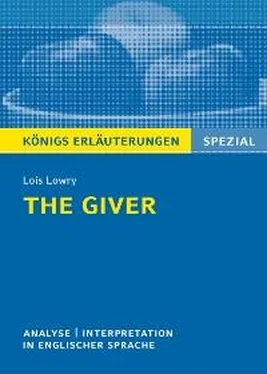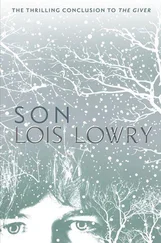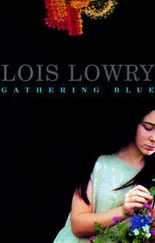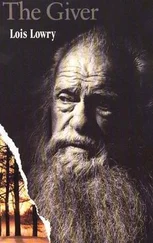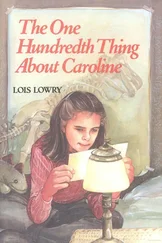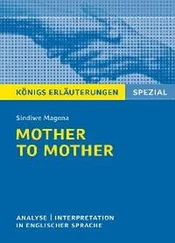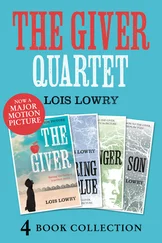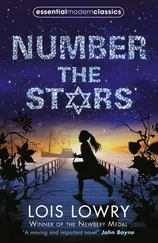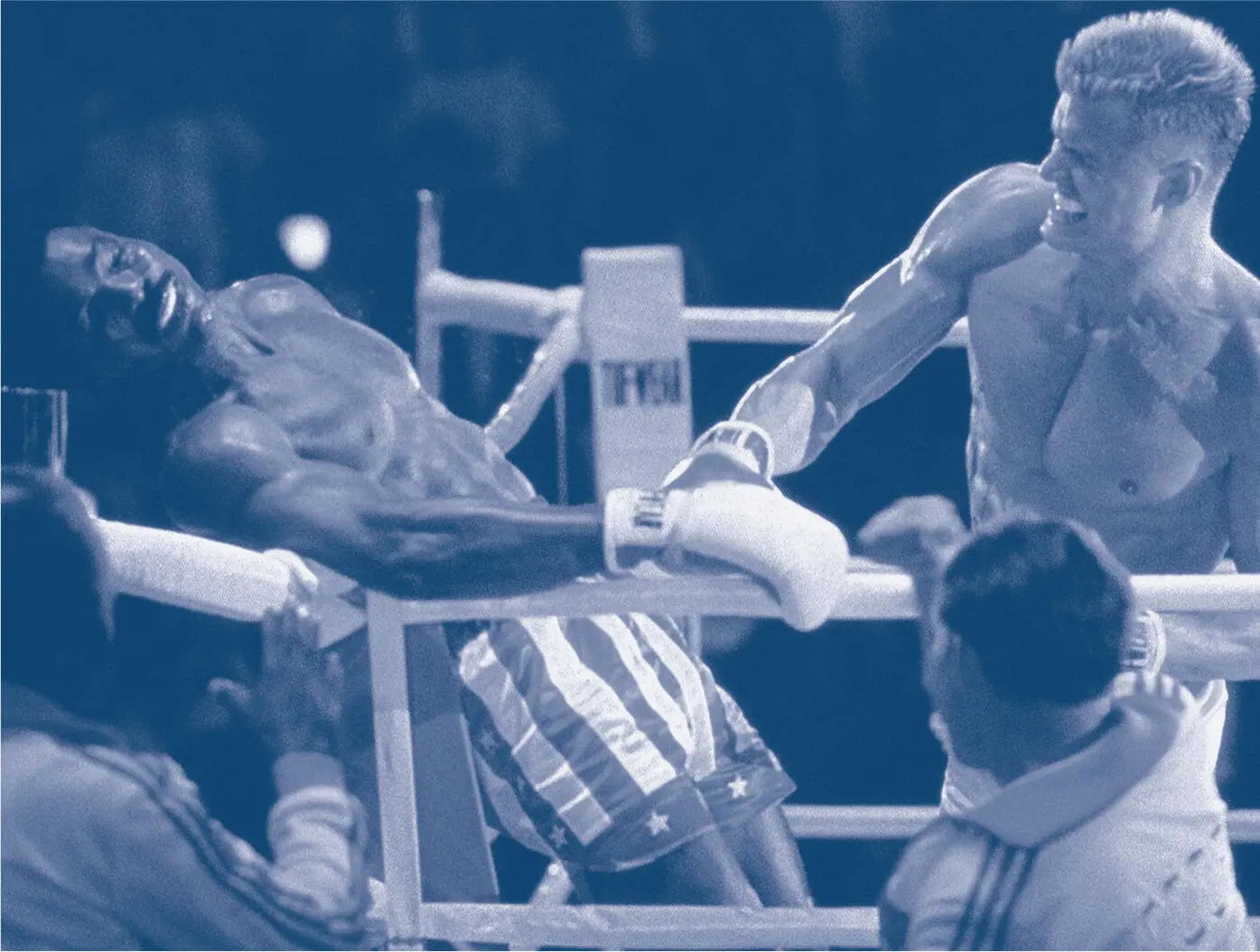
Movie scene from Rocky IV (1985) with Dolph Lundgren as Soviet boxer Ivan Drago. © picture alliance/Everett Collection
Pop culture: Hybridisation and self-awareness
In pop culture, the 1990ssaw the beginning of a widespread process of fusion and hybridisation. This occurred in cinema, music and literature. Previously underground or subcultural musical genres became increasingly mainstream– this was most dominantly and lastingly true of hip hop, which in the 1980s was seen by the mainstream as being a gimmick or an underground phenomenon, and is now possibly the single most popular pop music genre in the world. But various forms of heavy metal/hard rock and techno/electronic music were also crossing over into mainstream awareness, creating the alternative rock boom and the rise of techno-pop crossover dance music. Bands like Nine Inch Nails hybridised almost everything that had come before, combining pop and the experimental underground of Industrial and electronic music with heavy metal, punk and dance music. Nirvana borrowed from punk, the Red Hot Chili Peppers, Jane’s Addiction and Faith No More mixed metal, funk and pop, and hip hop acts like Public Enemy , Cypress Hill and Ice-T became hugely popular outside the world of hip hop, attracting millions of predominantly white rock fans.
In cinemaas well genres were being increasingly tested and manipulated by filmmakers like Quentin Tarantino, David Lynch and Joel and Ethan Coen, who would often create refreshingly original mash-ups of several different genres in one single film, with unmistakably personal styles and techniques. Tarantino in particular has had an enormous influence on the way mainstream filmmakers would combine humour, violence, irony, and thriller/crime plotsand use references to pop culture to display an ironic, knowing tone to their films. Being a huge fan of pop culture and cinema from all around the world and from all possible genres and styles, Tarantino seemed almost like a DJ at a nightclub who knew how to mix up different elementsto keep the party going. His genius lay in offering new perspectives on traditions and pop cultural elements by combining and juxtaposing them in new contexts with an educated, ironic eye.
If it can be argued that the 1980s was the decade in which pop culture genres were young, excited and full of energy, then the 1990s was the decade in which these children grew up and married each other to create new children. The hybridisation going on in the world of pop music and the increasingly sophisticated treatment in cinema of cinema’s own history, in particular embracing its trashier elements, pretty much defined the pop culture of the 1990s.
“Sameness” in the book business
In literature, too, the 1990s were a time of change, but in a maybe less healthy manner. The growth of chain bookstores (like Waterstone ’s in the UK and Barnes & Noble in the US), which centralised the marketing opportunities for publishers and concentrated potential readers and book buyers in more focussed environments, was one development which changed the book trade. But by the end of the 1990s the Internet was here and Amazon in particular had changed the rules completely. This commercial focus of retail outlets for books made the available market space for publishers and authors more high-profile – the big chain bookstores were in every city, and could reach a huge potential customer base – but at the same time more limited. The arena for new books was growing smaller, as the big chains tended to promote and sell the same books. Instead of finding 100 books by different, new authors, you would be more likely to find 100 copies of the same book by one hugely popular bestselling writer. This would be an example of “Sameness” in effect in culture.
Science fiction, which aside from Young Adult fiction is the most relevant genre here, looks back to the 1950sas its “Golden Age”. This was the period in which SF historians and purists would argue that the genre had the most energy, produced its most important and innovative writers and works, and made the biggest leaps in its growth as a literary genre and as a unique environment for human creative curiosity. The other crucially important period in SF history is the New Wave of the 1970s which included writers like J. G. Ballard and Michael Moorcock, and which opened SF up to more modern, socially and culturally aware themes and settings.
By the 1990s SF was, in the mainstream, reduced to spaceships and aliensagain. Even the arguably most successful and important SF movie of the 1990s, The Matrix (1999), was an almost Tarantino-style mash-up of ideas borrowed from the works of Philip K. Dick with action scenes inspired by the violent choreography of 1970s kung fu films, all re-packaged in skin-tight PVC outfits and sunglasses indoors, the edgy aesthetic of the day.
The only original thing here was the combination of elements, not the created work itself. In SF literature, one of probably the most famous and successful writers of the 90s was Iain M. Banks with his Culture series of novels, who had a simultaneous career as a writer of popular literary fiction under the name Iain Banks.
The 1990s saw in SF as well as in most other genres of pop culture media an increased presence of womenworking in fields which had usually been associated with men. While there had always been women writers of science fiction, including some of the most admired and respected writers in the field (notably Octavia Butler 1947–2006 and Ursula LeGuin 1929–2018), and the creator of the genre was a woman (Mary Shelley, with Frankenstein in 1818), the genre of science fiction has always been widely viewed as something by and for boys. During the 1990s this changed dramatically.
Lois Lowry’s venture into science fiction came in the early 1990s: she had never written in the genre before. Her approach to science fiction is not particularly true to the genre, and it is only when she began to expand on the world of The Giver with the sequels, years later, that she seems to have concentrated more and put more thought into the structures and systems of her imagined future world.
But her novel arrived at a time when young adults – teenagers – were being increasingly discovered and targeted as customers and readers. So The Giver could be marketed and sold as a children’s book, or, as they were then becoming known, as YA fiction, rather than as science fiction.
The processes of hybridisation which were changing pop music and mainstream cinema were having a different effect in the world of literature. Books were being marketed in an increasingly sophisticated way, echoing the traditional marketing of pop music for particular audiences (the most important American music charts, for example, have long been subdivided into categories like “rock”, “country” and “R&B”, targeting the different relevant audiences specifically).
The pressure for publishers and booksellers to market new books to existing target audiences has always resulted in a large amount of generic fiction – books which are written to fulfil existing expectations on the part of the reader. Many of the YA dystopian fantasies which have appeared since the huge success of Suzanne Collins’ Hunger Games (2008–2010) have been little more than attempts to sell as similar a story as possible to the same readers, for example, and J. R. R. Tolkien’s Lord of the Rings (1937–1949) created an entire genre, with literally hundreds of authors in the years since working in exactly the same style and using exactly the same themes and storylines.
Читать дальше
